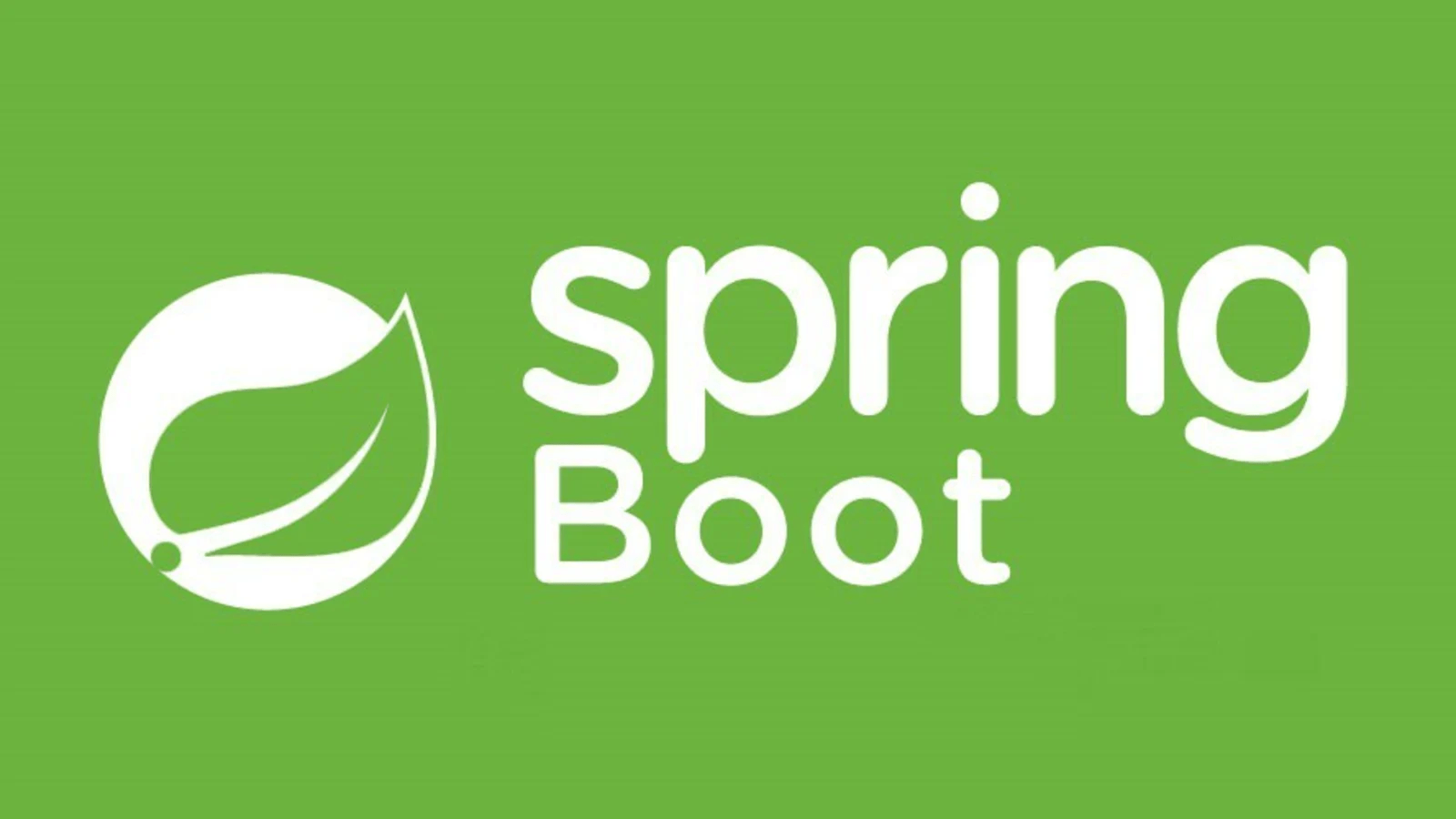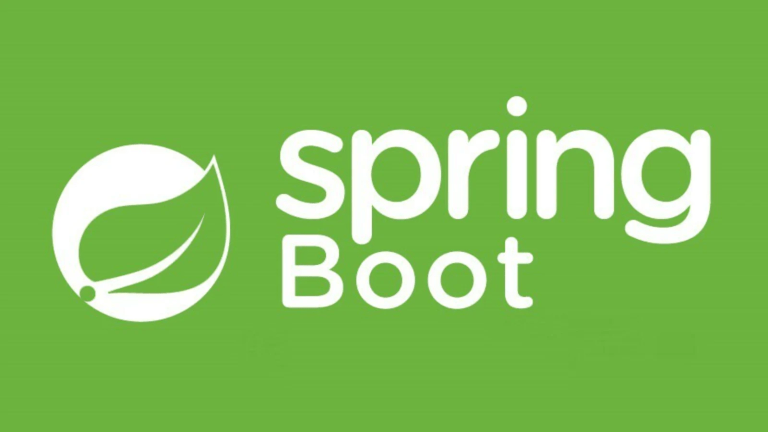Helm and GitOps for Spring Boot Microservices on Kubernetes
As microservices grow in complexity, managing deployments, ensuring consistency, and maintaining audit-ready systems can become increasingly challenging. Kubernetes provides a robust platform for scalability, and pairing it with tools like Helm and GitOps solutions such as ArgoCD or Flux ensures smooth microservices deployments that are automated, traceable, and rollback-ready.
This guide dives into how to package Spring Boot microservices with Helm charts, automate deployments using GitOps, build CI/CD pipelines, and manage rollbacks with confidence.
Table of Contents
- What Is Helm and GitOps?
- Helm Charts for Packaging Services
- GitOps with ArgoCD or Flux
- CI/CD Pipeline Integration
- Rollbacks and Change Audits
- Summary
What Is Helm and GitOps?
Understanding Helm
Helm is a Kubernetes package manager that simplifies the deployment and management of applications. By using Helm charts, you can encapsulate Kubernetes manifests into reusable, configurable templates. Helm charts make deploying microservices faster and more consistent by reducing the manual effort required when defining Kubernetes objects.
Key Benefits of Helm:
- Simplifies Kubernetes resource management with templates.
- Supports parameterization for multiple environments (e.g., staging, production).
- Enables version control and easy updates via
helm upgrade.
What Is GitOps?
GitOps takes configuration-as-code principles to the next level by using Git repositories as a single source of truth for deployments. Tools like ArgoCD and Flux monitor your Git repository and automatically sync changes to your Kubernetes clusters.
Advantages of GitOps:
- Fully automated deployments (no manual
kubectlcommands). - Clear change history with Git commits.
- Easy rollbacks with version-controlled states.
- Increased team collaboration on application deployment processes.
Together, Helm and GitOps provide a powerful foundation for deploying and managing Spring Boot microservices on Kubernetes.
Helm Charts for Packaging Services
Spring Boot microservices often require multiple Kubernetes resources, such as Deployments, Services, ConfigMaps, and Ingress. Managing these resources manually can be time-consuming and error-prone.
How Helm Simplifies Packaging
Helm organizes Kubernetes resources into charts, which are directories containing templated YAML files and metadata.
Basic Structure of a Helm Chart
my-spring-boot-service/
├── charts/ # Dependency charts (optional)
├── templates/ # YAML templates for Kubernetes manifests
│ ├── deployment.yaml
│ ├── service.yaml
│ ├── ingress.yaml
├── values.yaml # Default configuration values
├── Chart.yaml # Metadata about the chart
Creating a Helm Chart for Spring Boot
- Install Helm:
brew install helm - Generate a Helm Chart: Use Helm’s CLI to create a chart skeleton:
helm create my-spring-boot-service - Define Kubernetes Templates: Customize
templates/deployment.yamlto deploy the Spring Boot service:apiVersion: apps/v1 kind: Deployment metadata: name: {{ .Chart.Name }} spec: replicas: {{ .Values.replicaCount }} template: spec: containers: - name: {{ .Chart.Name }} image: "{{ .Values.image.repository }}:{{ .Values.image.tag }}" ports: - containerPort: {{ .Values.service.port }} - Set Configuration Values in
values.yaml:replicaCount: 2 image: repository: my-spring-boot-service tag: latest service: port: 8080 - Deploy the Application Using Helm: Install the chart:
helm install spring-service ./my-spring-boot-service
With the Helm chart in place, deploying the same application to multiple environments is as easy as modifying the values.yaml file.
GitOps with ArgoCD or Flux
GitOps frameworks bring all the benefits of Git (versioning, collaboration, and auditability) to Kubernetes deployments. Both ArgoCD and Flux are popular GitOps tools that deliver robust automation capabilities.
ArgoCD vs Flux
| Feature | ArgoCD | Flux |
|---|---|---|
| UI and Visualization | Built-in web UI for monitoring and managing sync status. | Requires integrations for UI. |
| Webhook Support | Supports Git webhooks for real-time updates. | Ships with webhook support. |
| Ease of Use | Beginner-friendly but feature-rich. | Lightweight and CLI-centric. |
| Deployment Styles | Declarative and pull-based. | Declarative and pull-based. |
Setting Up GitOps with ArgoCD
Step 1. Install ArgoCD
Install ArgoCD in your Kubernetes cluster:
kubectl create namespace argocd
kubectl apply -n argocd -f https://raw.githubusercontent.com/argoproj/argo-cd/stable/manifests/install.yaml
Step 2. Deploy a Helm-Based Microservice
ArgoCD pulls configurations directly from your Git repository. Add an ArgoCD Application definition:
apiVersion: argoproj.io/v1alpha1
kind: Application
metadata:
name: spring-service
namespace: argocd
spec:
source:
repoURL: https://github.com/myorg/spring-boot-charts
path: charts/my-spring-boot-service
targetRevision: HEAD
destination:
server: https://kubernetes.default.svc
namespace: default
syncPolicy:
automated:
prune: true # Auto-remove old resources
selfHeal: true # Fix drift
Once the configuration is committed to Git, ArgoCD ensures it’s automatically applied to the cluster.
GitOps with Flux
Flux operates similarly but has a lighter footprint. Install Flux with Helm:
helm repo add fluxcd https://charts.fluxcd.io
helm repo update
helm install flux fluxcd/flux --namespace flux
CI/CD Pipeline Integration
Pairing Helm and GitOps with CI/CD ensures an effective end-to-end deployment pipeline for Spring Boot microservices.
Setting Up a CI/CD Pipeline
Step 1. Build Docker Images
Use tools like Jenkins, GitHub Actions, or GitLab CI to package your Spring Boot application into Docker images:
docker build -t my-service:v1 .
docker push myregistry/my-service:v1
Step 2. Generate Helm Release Values
Update the values.yaml file dynamically as part of the CI pipeline:
helm template my-spring-boot-service \
--set image.tag=v1 \
> release.yaml
Step 3. Commit Changes to Git
Push the updated configuration to the Git repository so that GitOps tools can sync the changes:
git add release.yaml
git commit -m "Deploy new version v1"
git push origin main
Rollbacks and Change Audits
GitOps tools like ArgoCD offer built-in features for rollbacks and auditing.
Handling Rollbacks
Both ArgoCD and Flux allow you to restore the previous state by simply reverting a Git commit:
git revert <commit-hash>
git push origin main
The changes are automatically applied to the cluster.
Auditing Changes
Git repositories provide detailed logs of change histories, including:
- Who made the change.
- What changed in the manifests or Helm values.
- When the change was applied.
ArgoCD supplements this with deployment status reports accessible via its dashboard.
Summary
Helm and GitOps streamline Spring Boot microservices management on Kubernetes. Here’s a quick recap of what we’ve learned:
- Helm Charts: Simplify packaging, deployment, and configuration of Spring Boot services.
- GitOps Automation: Tools like ArgoCD and Flux automate deployments and maintain a consistent application state.
- CI/CD Integration: Build seamless pipelines for continuous delivery with updated Docker images and Helm values.
- Rollbacks and Audits: Leverage Git’s change history and versioning for reliable rollbacks and traceable configurations.
By combining Helm and GitOps, you can build a deployment pipeline that’s efficient, scalable, and resilient. Start exploring these tools today and revolutionize how your microservices are delivered!



